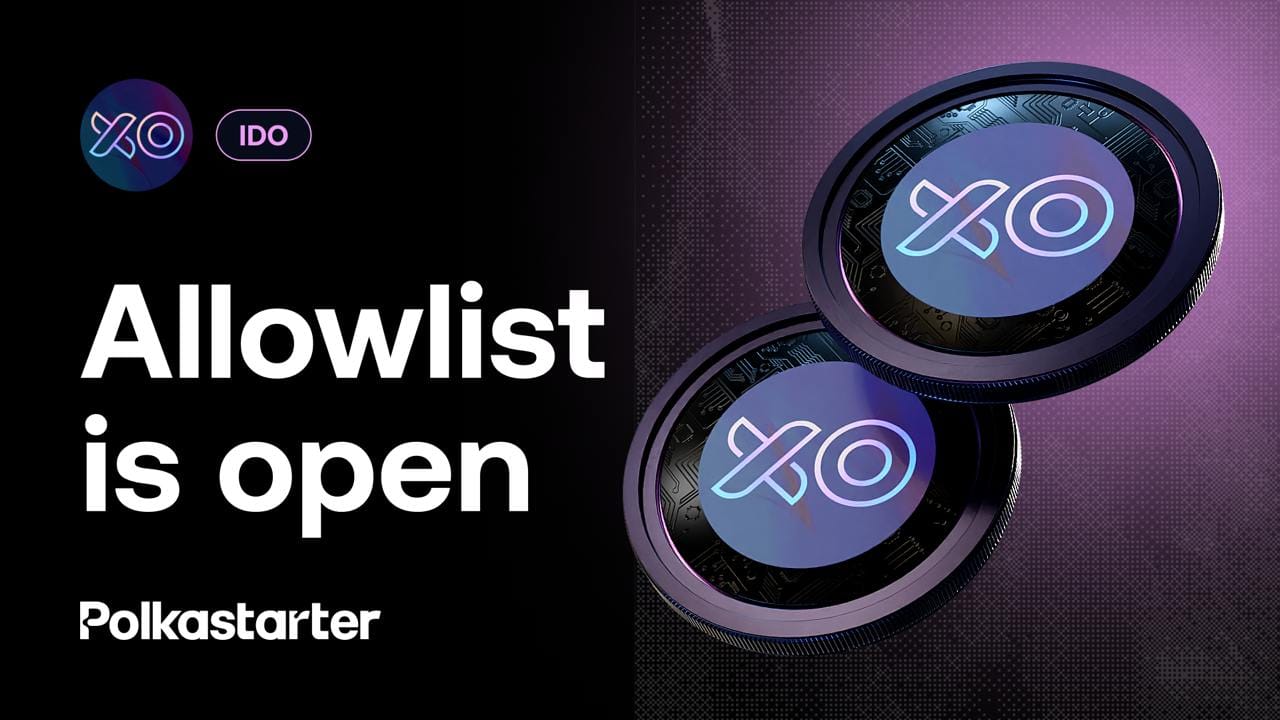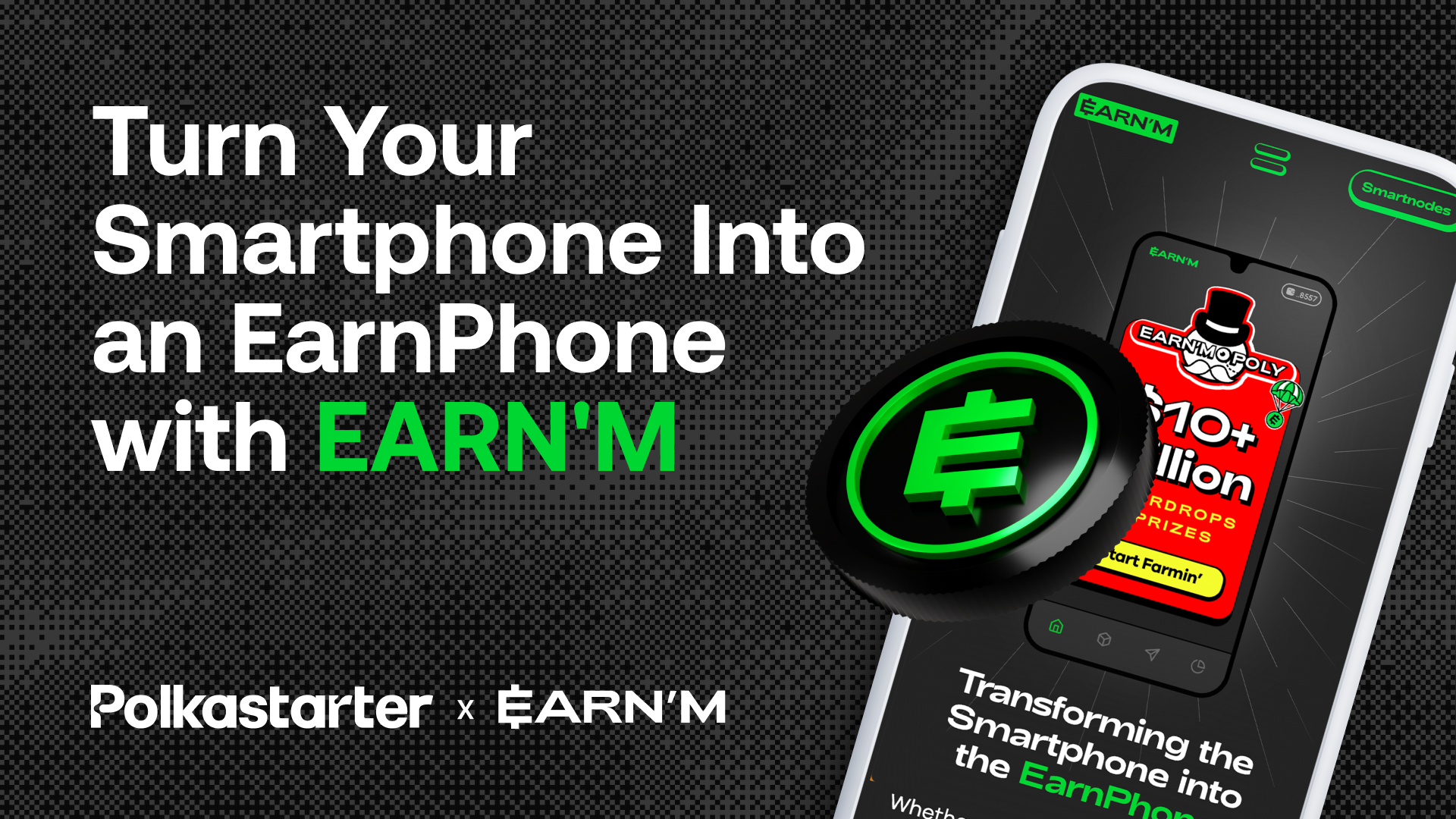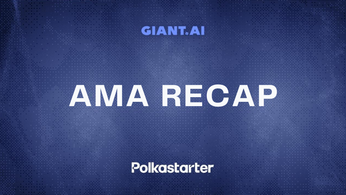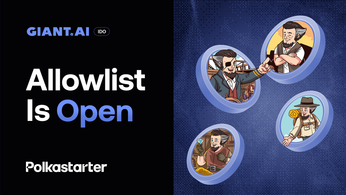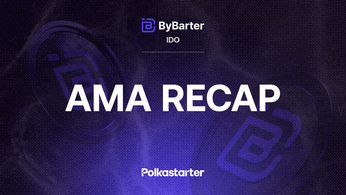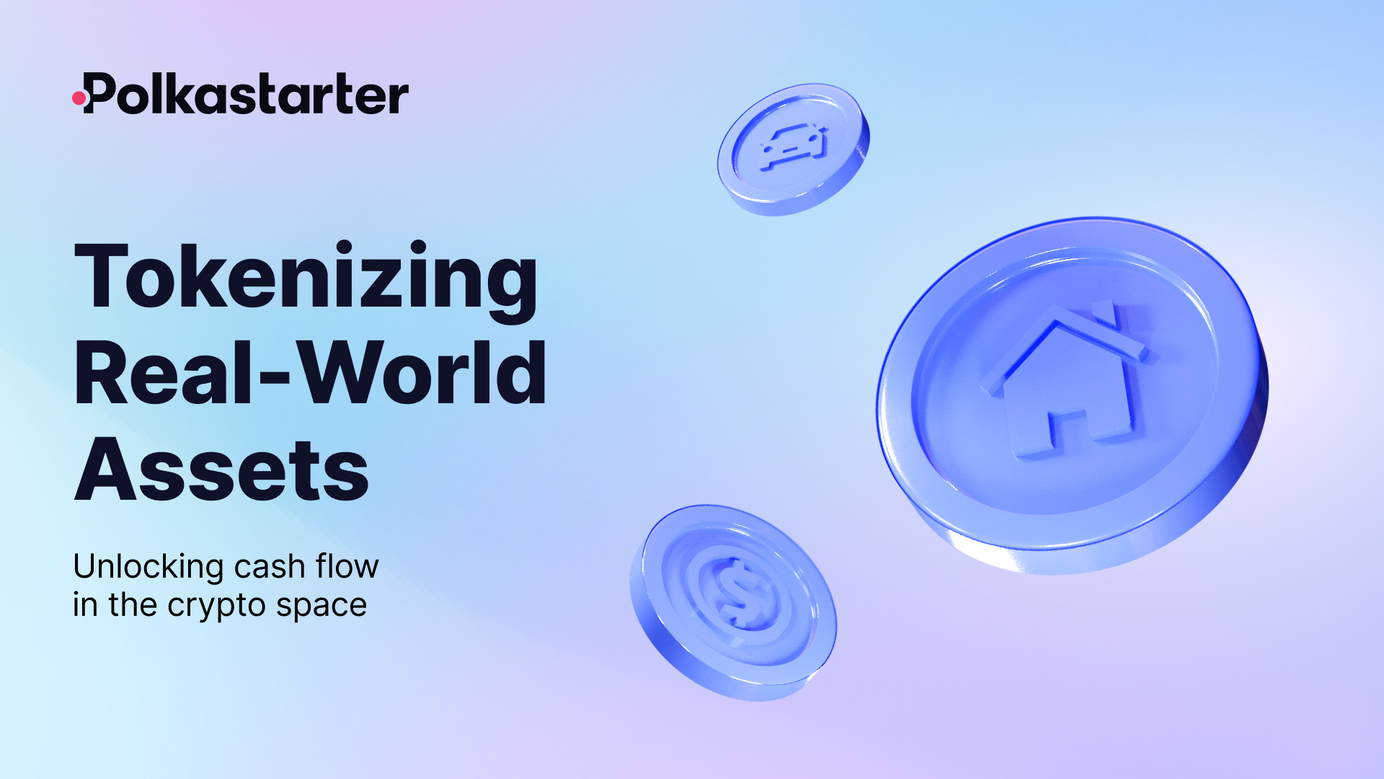
Tokenizing Real-World Assets: What You Need To Know
Unlocking cash flow in the crypto space

Recent bearish conditions have severely impacted DeFi returns. Investor participation is at an all-time low, and yields have reached their lowest point. Here’s some data to make sense of things: $135B of stablecoins on-chain now have the opportunity to earn 4.4% yield through short-term US Treasury Bonds, as opposed to 1.2% on Aave or 1.8% on Compound.
DeFi users are craving protocols that can provide more competitive and sustainable yields in a rising rate environment. Tokenizing real-world assets unlocks cashflow not affected by Crypto's volatility, and many RWA protocols have caught many institutional investors' attention.
Real-World Assets Market is Expanding
The nascent RWA market currently has a gross value locked (including the amount borrowed) of $193 million. Centrifuge Tinlake is the leading RWA tokenization protocol where real-world financial instruments such as invoices and mortgages are tokenized. More explanation about Centrifuge below.
Another example showcasing that the RWA market is growing - MakerDAO has been actively working to diversify its reserves and establish other revenue streams — and real-world assets have delivered — now representing 75% of MakerDAO’s revenues.
Benefits of Asset Tokenization
Tokenization in the context of DeFi refers to creating digital tokens representing real-world assets such as goods, properties, or even works of art. By using decentralized exchanges to trade these tokens, the underlying assets can be bought and sold more transparently and effectively.
Tokenization is a game changer for borrowers and lenders alike. For borrowers, it allows them to access affordable capital from DeFi market without intermediaries. For lenders (Institutions & DeFi protocols), it opens the door to more diversified yield backed by real-world assets.
Additionally, tokenization brings transparency to the credit market by bringing securitization and servicing of debt on-chain. It also helps to lower the cost of capital for SMEs, making it a powerful tool for businesses to grow and thrive.
Companies are implementing tokenization of corporate securities and real estate to improve security, encourage crowdfunding, and provide better returns for investors by eliminating transactional drawbacks. Real-world assets that were previously unable to be part of the DeFi ecosystem can now do so and improve DeFi lending by allowing for greater institutional adoption and access to these lending opportunities.
How does RWA work? Example 1 — MakerDAO
The Maker Protocol accumulates over $600 million in real-world asset collateral. Here is how one of their most noteworthy RWA milestones - Huntingdon Valley Bank and Maker pioneered the first commercial loan participation between a U.S. Regulated Financial Institution and a decentralized digital currency in Aug 2022.
Seeing MakerDAO’s access to deep DeFi liquidity, Huntingdon Valley Bank (HVB) inquired about a partnership. They agreed to a deal to fund 100M DAI. For MakerDAO, the deal makes sense because they:
- get their idle DAI working
- bridge real-world assets
- make RWA the underlying collaterals when lending DAI
- leverage HVB's established regulation with the government
Here's how the partnership works:
- MakerDAO set up a trust under the name 'Ankura'. HVB collects loan requests (construction, C&I, capital call line) and sends the proposals to Ankura.
- Ankura then examines, approves/disapproves the requests.
- If Ankura approves, HVB can access the money from the RWA Master Participation Trust (custody).
- Interest generated from the loans will then be split 50/50 among HVB & MakerDAO.
How does RWA work? Example 2 — Centrifuge
The Centrifuge Protocol is one of the first to bring real-world assets on-chain. It provides a platform that includes all the features needed to finance real-world assets on a blockchain, from tokenization, and securitization, to liquidity integrations, all built on each other and transparently governed by token holders. (see diagram below).
Centrifuge facilitates MakerDAO x BlockTower Credit
In December 2022, BlockTower Credit and MakerDAO funded $220 Million of real-world assets through Centrifuge. This stands to be the largest on-chain investment in real-world assets to date. How does the MakerDAO x Centrifuge x BlockTower partnership work?
Block Tower Credit wanted access to liquidity and transparency from the DeFi market, so they reached out to MakerDAO. MakerDAO agreed to provide $150M of senior capital while BlockTower provides $70M of junior capital on Centrifuge with 4 vaults. The vaults can provide access to multiple and diversified asset classes, which in turn increase the resilience of the DAU stablecoin. Investors can partake in the pool and receive up to 3.53% interest payments in the form of CFG from borrowers (supply-side fees).
The illustration below provides a high-level overview of the transactions.
What does this mean for the future of DeFi?
It’s astounding to see how the DeFi space went from 0 to 60B TVL. It’s a market not run by government-issued notes and could have better liquidity and risk profiles.
With the demand for crypto leverage decreasing and rates in the real world rising, RWA is coming to the forefront, becoming an opportunity for DeFi users to re-examine how this technology can fit their portfolio or get them access to different asset classes.
RWA protocols are here to provide capital to real-world businesses and expand DeFi use cases beyond what we believed to be possible. This does not come without its own set of challenges. The most prominent? Regulation. RWA is not only about tokenization. Its success will depend on getting the legal entities' licenses. One of the big impediments to growth in the space and the actual tokenization of underlying collateral is the lack of legal enforcement. There’s still a lot of work to be done but the potential is evident.
About Polkastarter
Polkastarter is the leading decentralized fundraising platform enabling crypto’s most innovative projects to kick-start their journey and grow their communities. Polkastarter allows its users to make research-based decisions to participate in high-potential IDOs, NFT sales, and Gaming projects.
Polkastarter aims to be a multi-chain platform. Currently, users can participate in IDOs and NFT sales on Ethereum, BNB Chain, Polygon, Celo, and Avalanche, with many more to come.
Website | Twitter | Discord | Telegram | Instagram | Newsletter | YouTube | Poolside
Polkastarter Blog - Latest Polkastarter News & Updates Newsletter
Join the newsletter to receive the latest updates in your inbox.

